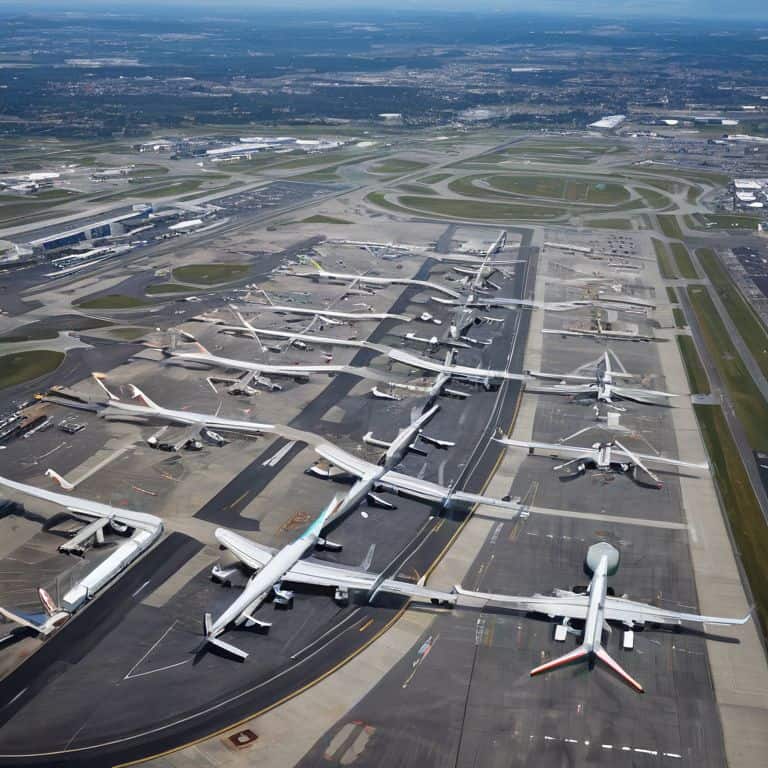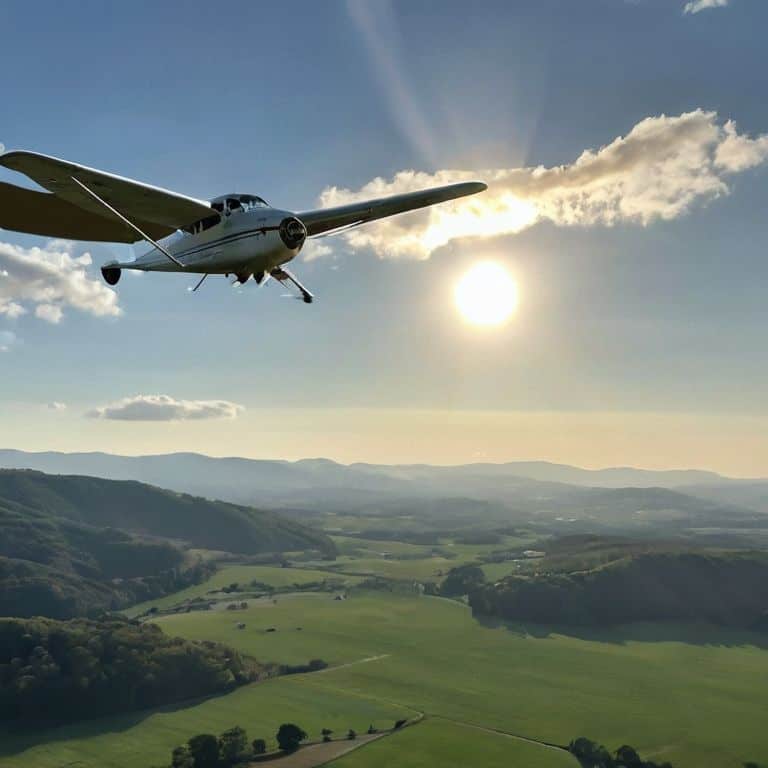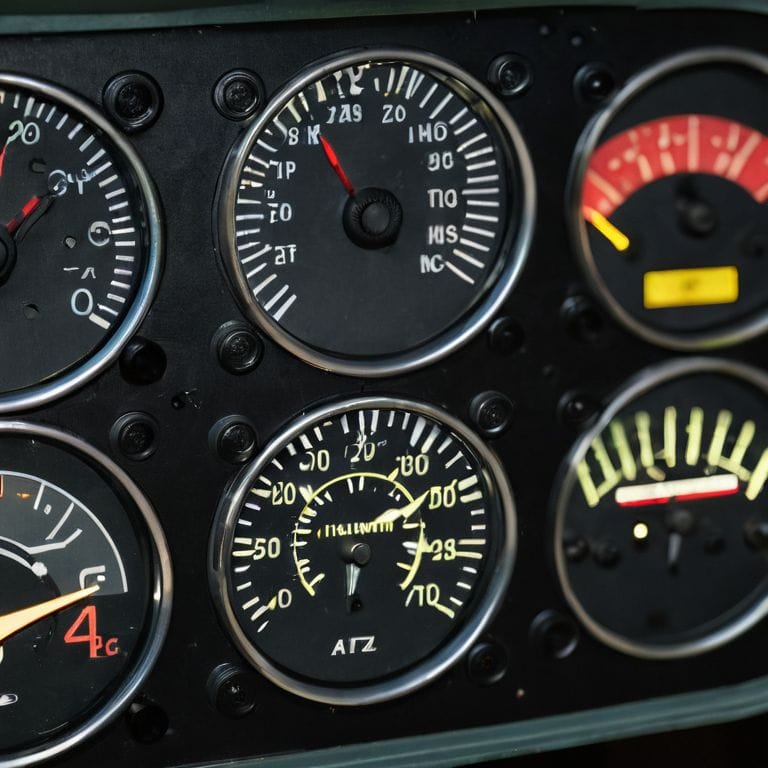I still remember my early days as a bush pilot in Alaska, navigating through the different classes of airspace with a mix of excitement and trepidation. The complexity of it all seemed overwhelming at first, but as I gained experience, I realized that understanding these classes wasn’t about memorizing a bunch of rules and regulations – it was about developing a deep respect for the airspace and its many nuances. I’ve seen many pilots get frustrated with the system, feeling like it’s overly complicated or restrictive, but I believe that with the right approach, mastering the different classes of airspace can be a game-changer for any pilot.
As a flight instructor, my goal is to cut through the hype and provide you with a clear, no-nonsense understanding of the different classes of airspace. I’ll share my own experiences, both successes and challenges, to help you develop a solid foundation in airspace management. We’ll break down the complexities into manageable chunks, focusing on real-world applications and practical tips that you can use on your next flight. My promise to you is that by the end of this journey, you’ll have a deep understanding of the different classes of airspace and how to navigate them with confidence.
Table of Contents
- Navigating the Different Classes of Airspace
- Mastering Airspace Restrictions and Requirements
- Pilot Training for Seamless Airspace Navigation
- Understanding Icao Airspace Standards and Management
- Staying on Course: 5 Essential Tips for Navigating Airspace Classes
- Key Takeaways for Safe and Successful Flight Navigation
- Navigating the Skies with Clarity
- Bringing It All Together: Mastering Airspace Classes
- Frequently Asked Questions
Navigating the Different Classes of Airspace
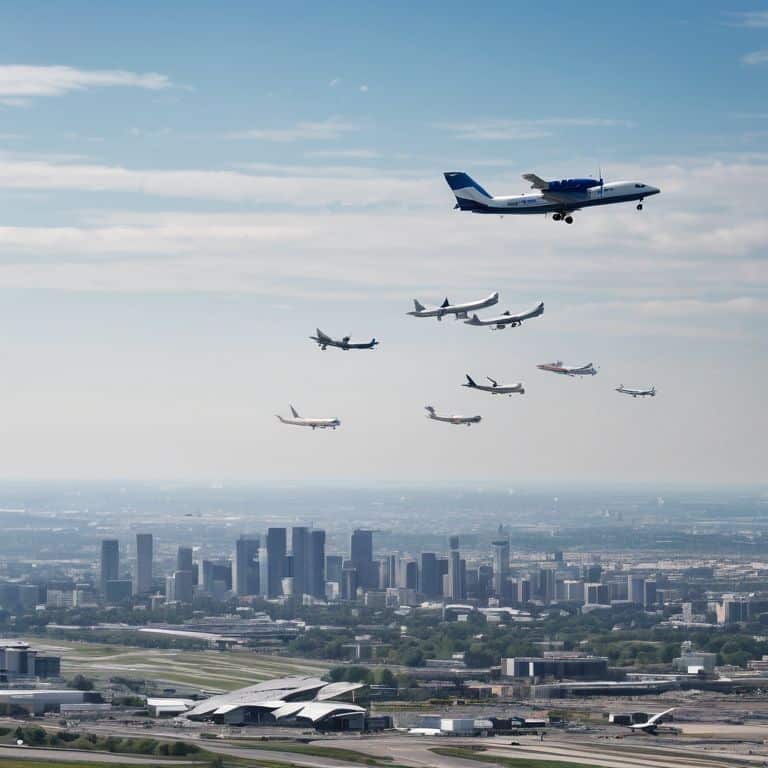
As we delve into the world of aviation, it’s essential to understand the airspace classification system that governs the skies. This system is designed to ensure safe and efficient flight operations, and it’s crucial for pilots to comprehend the various classes of airspace. I like to think of it as a hierarchical structure, with each class having its own set of flying rules and regulations. By grasping these concepts, pilots can navigate the skies with confidence and precision.
When it comes to airspace restrictions and requirements, pilots must be aware of the specific guidelines that apply to each class of airspace. This includes understanding the icao airspace standards, which provide a framework for airspace management and control. As a flight instructor, I always emphasize the importance of pilot training for airspace navigation, as it’s a critical aspect of safe flight operations. By mastering these skills, pilots can ensure a smooth and incident-free flight.
To illustrate this concept, let’s consider a simple analogy. Just as a hiker must navigate through different terrain, a pilot must navigate through various classes of airspace. By understanding the airspace management and control principles, pilots can chart their course with ease, avoiding potential hazards and ensuring a safe landing. As I always say, “knowing the airspace is like having a map to the skies” – it’s essential for any pilot, and with the right airspace classification system in place, pilots can soar to new heights with confidence.
Flying Rules and Regulations for Safe Skies
As we explore the world of airspace classes, it’s essential to understand the flying rules that govern our skies. These regulations are in place to ensure safe separation of aircraft, preventing collisions and other hazards. By following these rules, pilots can maintain a safe distance from other aircraft, obstacles, and restricted areas.
To maintain safe skies, pilots must adhere to specific guidelines, such as right-hand traffic patterns and standardized communication protocols. This helps to reduce the risk of accidents and ensures a smooth flow of air traffic.
Unpacking the Airspace Classification System
When we talk about airspace classification, it’s essential to understand the hierarchy of classes, which helps maintain safe distances between aircraft and ensures efficient air traffic control. This system is designed to simplify the complex environment of modern aviation, making it easier for pilots to navigate.
As we delve deeper into the classification system, you’ll notice that each class has its own set of regulatory requirements, which are put in place to protect both the aircraft and the people on the ground.
Mastering Airspace Restrictions and Requirements
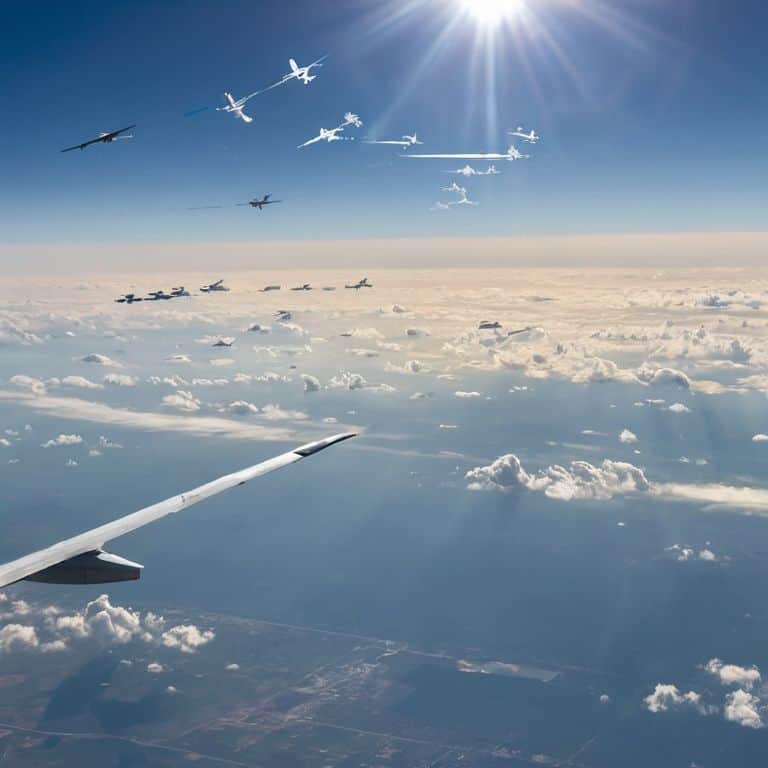
As we delve deeper into the world of airspace navigation, it’s essential to understand the airspace restrictions and requirements that govern our flight paths. These rules are in place to ensure safe separation of aircraft, prevent collisions, and maintain orderly flow of air traffic. By grasping these concepts, pilots can better navigate the skies with confidence.
Pilot training for airspace navigation is crucial in understanding the flying rules and regulations that apply to different airspace classifications. The International Civil Aviation Organization (ICAO) sets standards for airspace management and control, which are adopted by aviation authorities worldwide. By familiarizing ourselves with these standards, we can develop a deeper appreciation for the complexity of airspace navigation and the importance of adhering to established protocols.
To master airspace navigation, pilots must be able to interpret and apply the airspace classification system in a practical context. This involves understanding the various categories of airspace, including their boundaries, restrictions, and requirements. By doing so, pilots can ensure safe and efficient flight operations, while also minimizing the risk of errors or violations. With practice and experience, navigating the skies becomes second nature, and pilots can focus on enjoying the thrill of flight while maintaining a high level of situational awareness.
Pilot Training for Seamless Airspace Navigation
As a flight instructor, I’ve seen many students struggle with navigating the different classes of airspace. However, with the right training and practice, anyone can become proficient in this area. It’s all about understanding the basics and applying them in a logical and methodical way.
To achieve seamless airspace navigation, pilots need to develop a strong foundation in aircraft performance and limitations. This involves understanding how your plane responds to different conditions and making adjustments accordingly. By combining this knowledge with a thorough understanding of airspace classes and regulations, you’ll be well on your way to becoming a confident and competent pilot.
Understanding Icao Airspace Standards and Management
As we explore the world of airspace management, it’s essential to consider the global standards that govern our skies. The International Civil Aviation Organization (ICAO) plays a crucial role in establishing these standards, ensuring that pilots and air traffic controllers worldwide operate under a unified set of rules.
When navigating complex airspace, clear communication is key to safe and efficient flight operations. ICAO’s standards provide a framework for managing airspace, from takeoff to landing, and help to minimize the risk of accidents or near-misses.
Staying on Course: 5 Essential Tips for Navigating Airspace Classes
- Always consult the latest aeronautical charts to ensure you’re aware of any changes in airspace classifications or boundaries
- Familiarize yourself with the specific rules and regulations for each class of airspace, including requirements for communication, navigation, and emergency procedures
- Understand the differences between controlled and uncontrolled airspace, and know how to operate safely in both environments
- Use online resources and flight planning tools to help you navigate complex airspace systems and avoid potential hazards
- Stay vigilant and alert when transitioning between different classes of airspace, and always be prepared to adapt to changing weather or air traffic conditions
Key Takeaways for Safe and Successful Flight Navigation
Understanding the different classes of airspace is crucial for pilots to ensure safe and compliant flight operations, and it’s not as complicated as it sounds once you break it down into manageable parts
Mastering airspace restrictions and requirements, including ICAO standards and management, is essential for seamless navigation and to avoid potential hazards or legal issues
By grasping the fundamentals of airspace classification, flying rules, and regulations, pilots can confidently navigate the skies, whether they’re seasoned veterans or just starting out, and make the most of their flight training
Navigating the Skies with Clarity
The different classes of airspace are like the lanes on a highway – they keep us organized, ensure our safety, and allow us to efficiently reach our destinations, and understanding them is the key to unlocking a smoother, more enjoyable flight experience.
Daniel Sato
Bringing It All Together: Mastering Airspace Classes

As we conclude our journey through the different classes of airspace, it’s essential to recall the key principles that govern our skies. We’ve navigated the airspace classification system, explored flying rules and regulations, and delved into pilot training for seamless airspace navigation. By understanding these fundamental concepts, you’ll be better equipped to handle the complexities of airspace management and make informed decisions during your flights. Whether you’re a seasoned pilot or just starting out, grasping these basics will help you stay safe and confident in the skies.
As you take to the air, remember that mastering airspace classes is not just about memorizing rules and regulations – it’s about developing a deep understanding of the underlying principles that guide our aviation community. By embracing this knowledge and continuously learning, you’ll not only become a more competent pilot but also contribute to the safety and efficiency of our shared airspace. So, go ahead, spread your wings, and take to the skies with the confidence that comes from truly understanding the different classes of airspace.
Frequently Asked Questions
What are the key differences between controlled and uncontrolled airspace?
Think of airspace like roads – controlled airspace is like a highway with strict rules, while uncontrolled airspace is more like a rural road with fewer restrictions. Controlled airspace has air traffic control services, while uncontrolled airspace relies on pilot self-separation and awareness.
How do pilots determine which airspace class they are operating in and what rules apply?
To determine the airspace class, pilots use a combination of maps, charts, and GPS. We look for airspace boundaries, floor and ceiling altitudes, and any special use airspace like military zones. It’s like navigating through a layered system, where each layer has its own set of rules and requirements.
What are the consequences of violating airspace restrictions or regulations, and how can pilots ensure compliance?
Violating airspace restrictions can lead to serious consequences, including fines, license suspension, or even accidents. To ensure compliance, pilots must stay informed about airspace rules and restrictions, use reliable navigation tools, and always follow standard operating procedures. Let’s review some key checklists to help you navigate safely and avoid costly mistakes.
